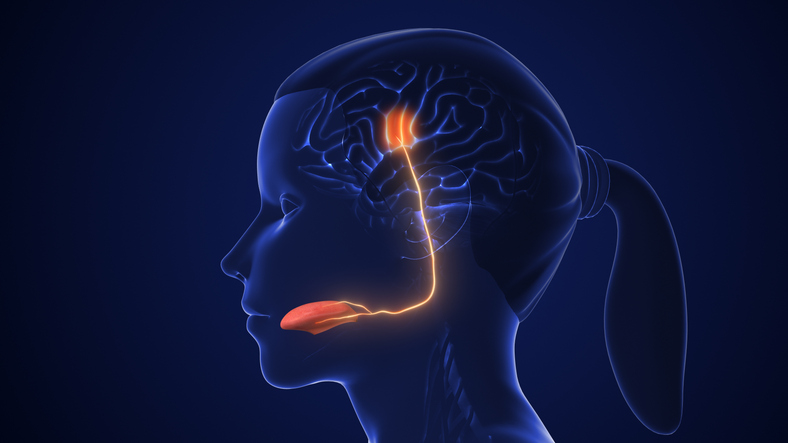
Uncovering the secrets of taste receptors

Penn Dental Medicine announced that its researchers have discovered taste receptors similar to those on the tongue across different parts of the body.
The researchers found these receptors inside the airways, particularly in the nose, trachea, lungs, gums and dental pulp. The sensors were found to not only detect the chemicals in food but also bacterial pathogens and allergens entering the body. Once identified, the receptors alerted the innate immune system.
For instance, when receptors in the nose specially designated to detect bitter chemicals pick up on a bacterial compound the microbes use to communicate, the sensors stimulate the trigeminal nerve and trigger an inflammatory response. When these same receptors in the gums detect harmful compounds, they instigate the production of antimicrobial peptides and may protect against periodontitis.
The researchers hope to use their findings to develop novel treatments for pain relief or microbial growth inhibition in dental care.
“I think we are still at the tip of the iceberg. There is so much more to discover about these receptors,” concluded the study authors.
Read more: Penn Dental Medicine
The article presented here is intended to inform you about the broader media perspective on dentistry, regardless of its alignment with the ADA's stance. It is important to note that publication of an article does not imply the ADA's endorsement, agreement, or promotion of its content.